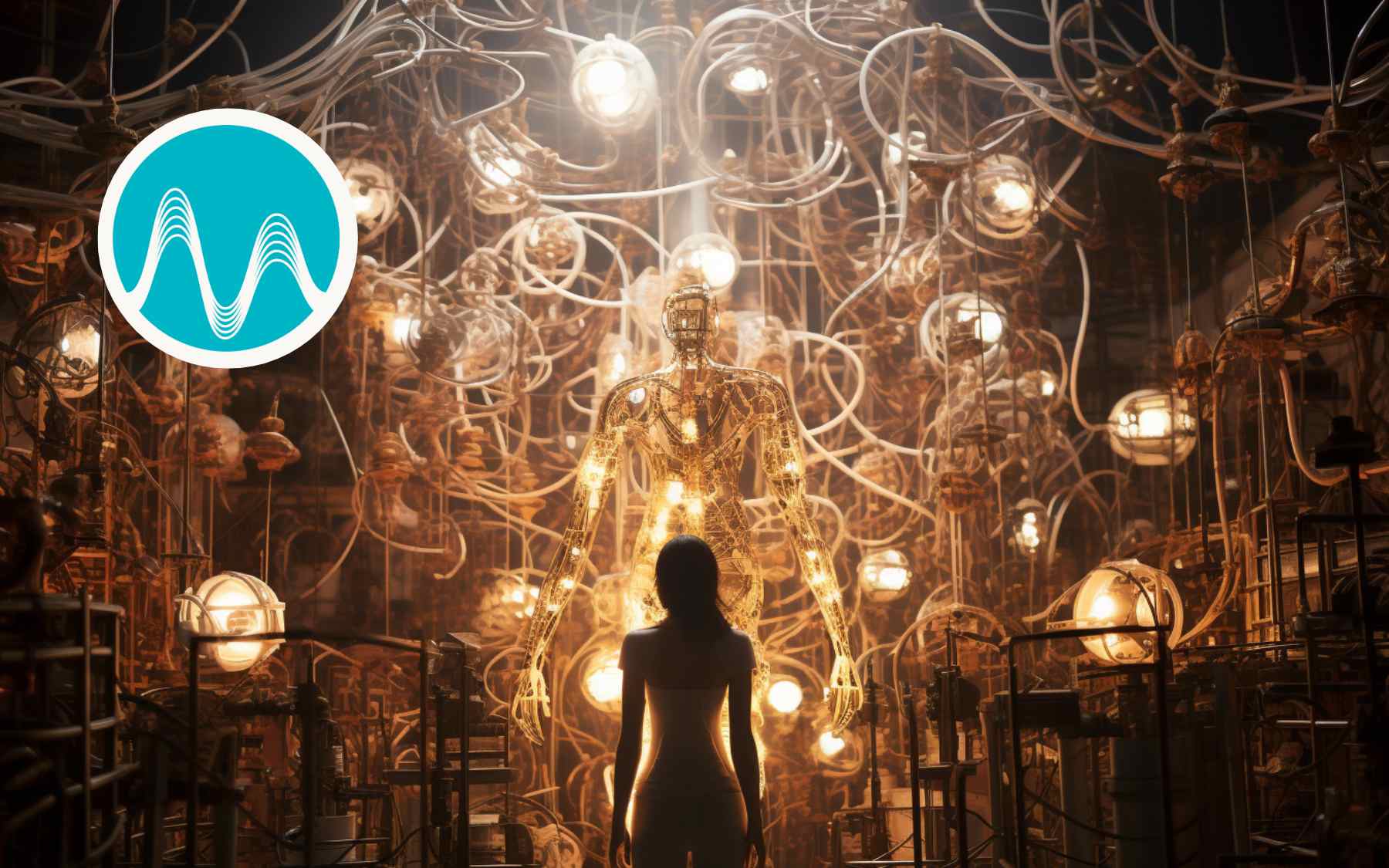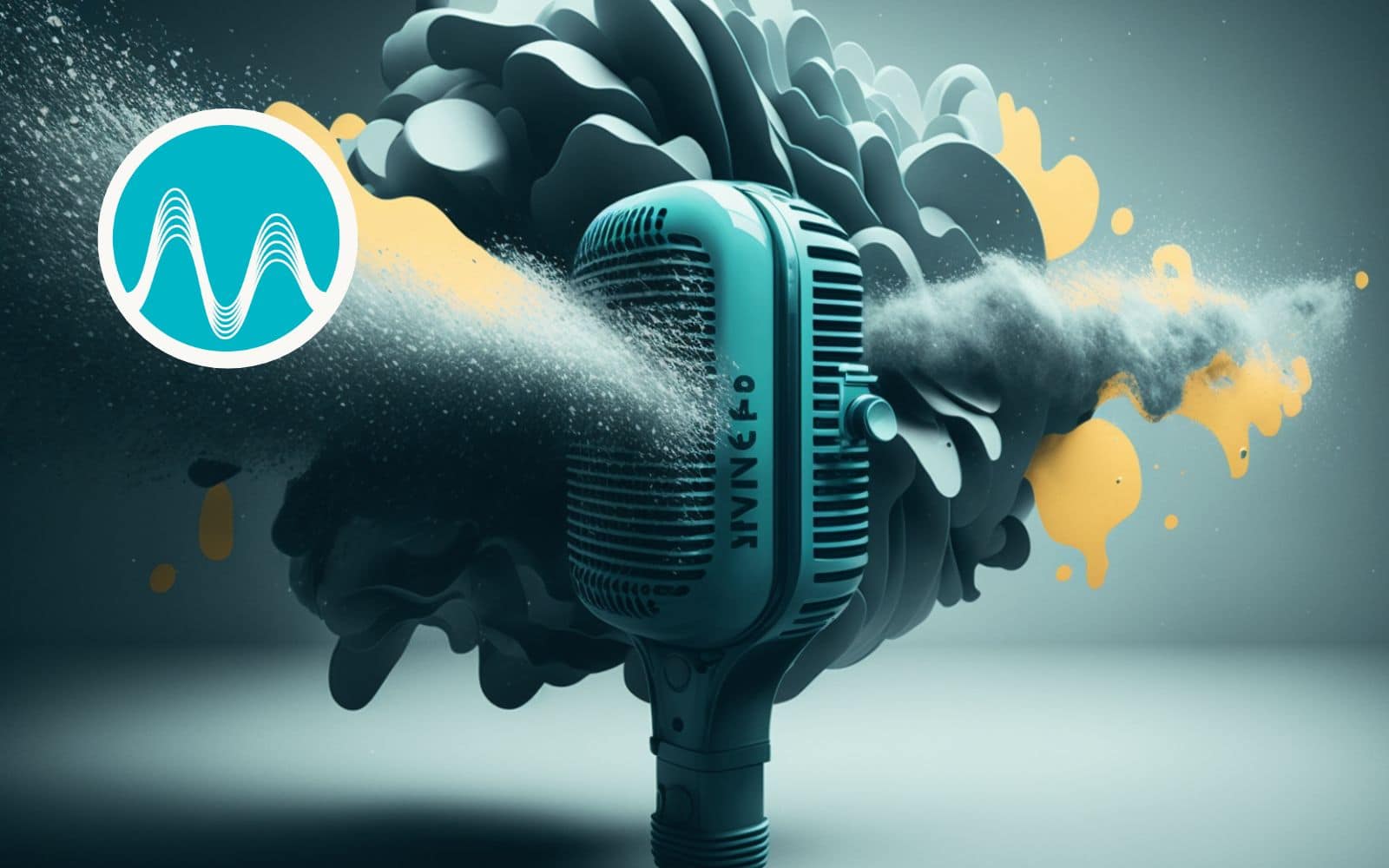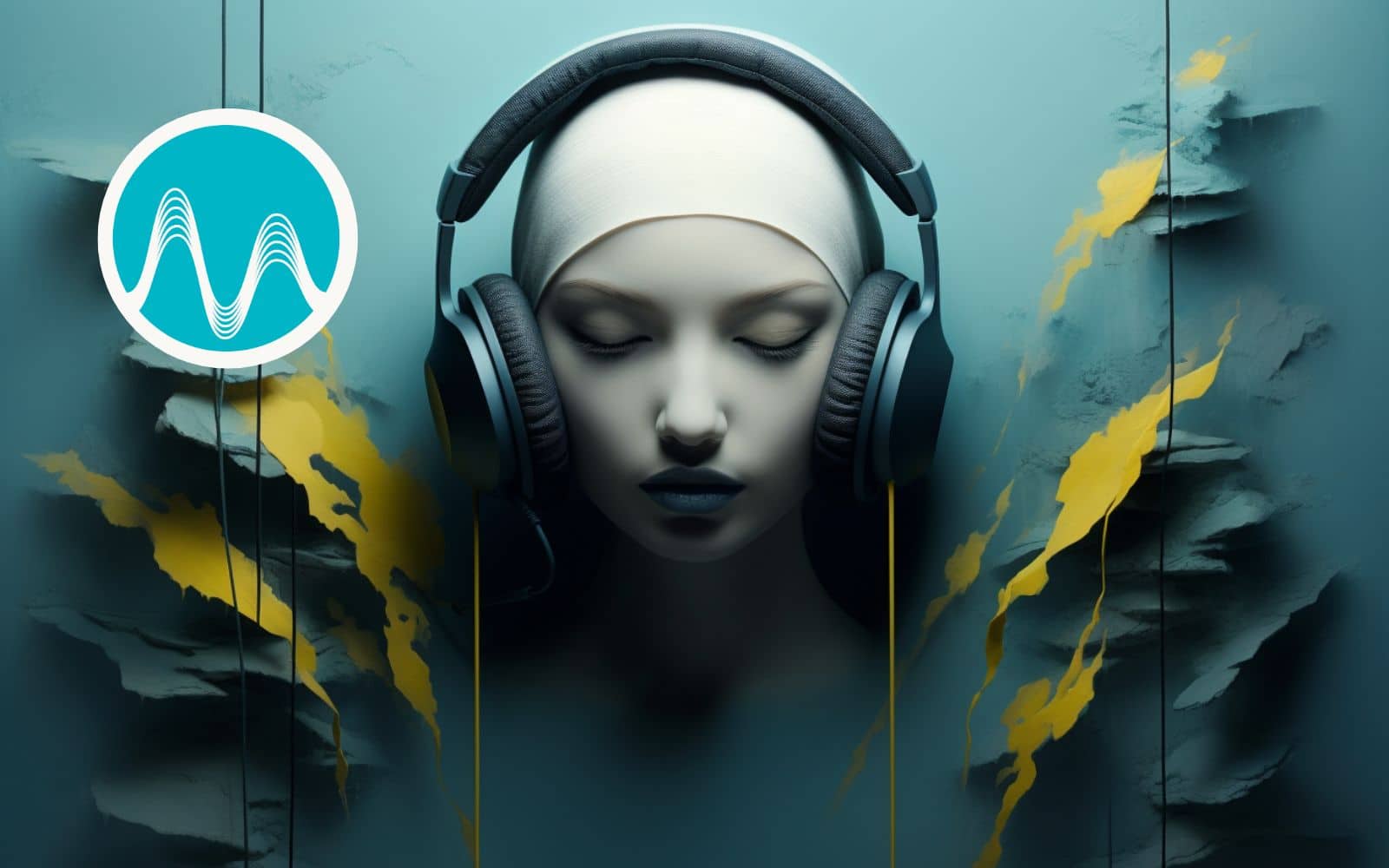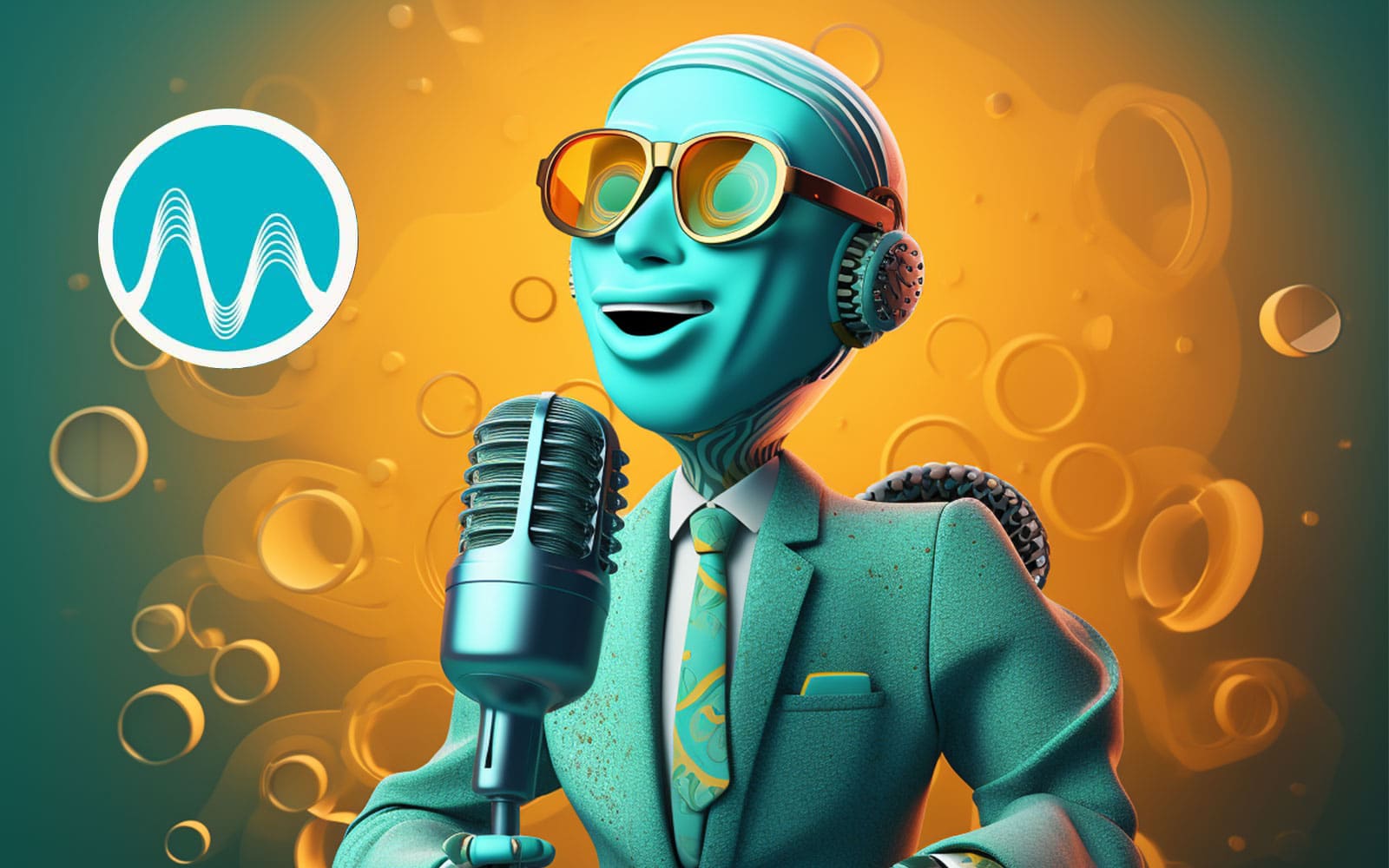In recent years, Artificial Intelligence (AI) has become an undeniable force, reshaping various industries with its unprecedented capabilities. This transformation has been fuelled by a potent blend of amplified computing power, the availability of vast datasets, refined algorithms, widespread industry adoption, and the convergence of cutting-edge technologies. The result? A resounding boom in the realm of AI, capturing consistent attention of the general public. Voice over industry is not immune. AI has a profound impact on the world of voiceovers, professional actors (both voice and general). We are having a closer look at the AI in the voice over industry and the current (although fast changing!) AI space.
Can AI Do Voice Overs?
The simple answer is yes, it can – and it’s already happening. Websites that offer AI voice overs are popping up like mushrooms after the rainfall. AI voiceover technology is based on machine-learning algorithms which convert text to speech in real time. And it can ultimately mean a instant and cheap alternative to real voice actors. Or can it!?
How Are AI Voice Overs Created?
AI voices are created using computers. They take written words and turn them into spoken words. Think of it as the computer learning how to talk like a human. It studies lots of human speech and uses that knowledge to make words that sound natural. Then, it combines these words to create sentences that you can hear as AI-generated speech. Industry argues that without existing widely available recordings of professionals there wouldn’t be enough data for computers to learn. Let us take a closer look at the process involved with the AI voice over generation.
AI Voice Over Creation Process
- Text Processing: The system initially processes the input text to precisely determine how to pronounce each word. This includes factors such as stress, intonation, and rhythm. Consequently, this meticulous linguistic analysis ensures that the generated speech sounds natural.
- Linguistic Analysis: Subsequently, AI models analyze the text, enabling them to grasp linguistic rules, phonetics, and context. With this in mind, the AI becomes capable of deciding not only word pronunciation but also how various words interact in sentences.
- Phoneme Mapping: Afterward, the text is broken down into phonemes. Which are essentially the tiniest sound units in a language. These phonemes are then mapped by the AI model to appropriate sound components. Resulting in remarkably accurate pronunciation.
- Prosody Modelling: Furthermore, the AI models delve into prosody, encompassing speech rhythm, pitch, and intonation patterns. By meticulously modelling prosody, these AI models ensure that the generated speech exhibits a distinct human-like quality and effectively conveys the desired emotions.
- Voice Generation Models: In terms of voice creation, prevalent AI models such as GPT-3, Tacotron, and WaveNet come into play. These sophisticated models have undergone extensive training using vast speech datasets. As a result, they have acquired the ability to decipher the intricate relationship between textual content and corresponding audio.
- Waveform Synthesis: Once the AI comprehends the text content, pronunciation intricacies, and prosodic elements, it proceeds to generate a corresponding waveform. This waveform, serving as a digital representation of the auditory output, encapsulates what we perceive as speech.
- Neural Networks and Deep Learning: The technological underpinning of many TTS systems relies heavily on neural networks and deep learning techniques. Leveraging substantial datasets containing recorded human speech, these systems progressively refine their ability to generate speech patterns that remarkably mirror natural human speech.
- Training and Fine-tuning: Through meticulous training, TTS models immerse themselves in both textual and speech data. This iterative learning process enables these models to adeptly mimic human speech patterns, fine-tuning various parameters in the process.
- Voice Personalization: Offering a layer of personalization, select TTS systems empower users to customize the generated voices according to specific characteristics, accents, or stylistic preferences.
- Concatenate and Parametric Approaches: TTS systems adopt either concatenate or parametric methodologies. The former involves skilfully combining pre-recorded speech fragments, while the latter generates speech through intricate statistical models.
- Real-time and Batch Processing: Finally, TTS can be executed either in real-time or through batch processing. In real-time scenarios, speech generation occurs instantly. Conversely, batch processing entails the creation of speech in advance, subsequently stored for future use.
Types of Automated Voice Technology
There are indeed various sorts of AI voiceover technology, including:
- Synthetic voices
- Text-to-speech
- AI voices
- Voice assistants
These can complete a range of tasks. From simple commands on automated messages to answering complicated questions with natural language processing.
So Are The Human Voiceovers Doomed?
Not quite yet (phew!). Whilst the technology is getting better by the minute AI voices lack emotion, impact and warmth. We have been testing AI technologies for voice over work extensively and so far often find that real humans do the work better and exactly how the customer wants it. Will this ever change? It’s really hard to tell. The reality is however – the AI is already impacting the voice over work and this trend will continue.
One of our own voice artists Greg Marston is currently battling a tech giant in a case seeing his voice ultimately stolen by the AI.
This is just the beginning. And at the loosing side – voice overs with decades of experience. Loosing their customers and now also voices.
Conclusion
It’s over to you! Let us know in the comments down below if you plan on using AI generated voice overs in your projects? Did you dive into the world of AI yet? How has this impacted your podcast, radio station or a DJ set?
Music Radio Creative is about all things audio – we help DJs, podcasters, businesses and radio stations with custom voiceovers, jingles and AI voice overs. We believe that the future has space for both. Technology will change the our industry but if we embrace it, we have a potential to be better off too. Let’s watch this space together.




